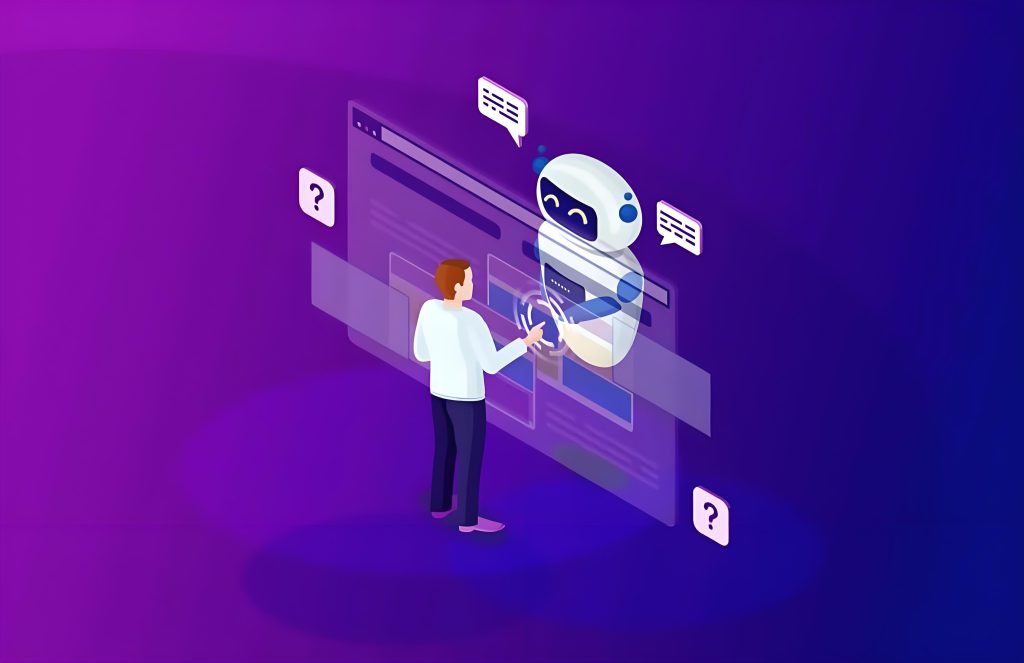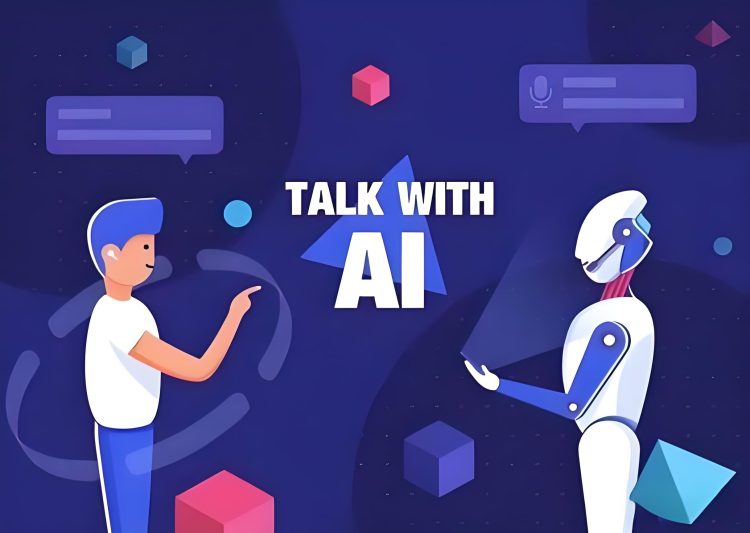With the relentless advancement of artificial intelligence (AI) technologies, an increasing number of enterprises and products are integrating AI-driven conversations into their offerings, offering users a seamless, intelligent, and personalized service experience. This article delves into the mechanics behind AI dialogue, including the realm of AI-assisted writing and painting with XiaoAi, and how AI robots engage in conversations.

I. The Underlying Principles of AI Dialogue
The realization of AI dialogue stems from the intricate interplay of natural language processing (NLP) techniques and machine learning algorithms. This system meticulously analyzes and trains on user-inputted text, enabling a fluid interaction between the user and the AI. Here’s a step-by-step breakdown of the process:
User Input: The user initiates the conversation by posing a question or request through textual input.
Text Analysis: The AI dialogue system meticulously scrutinizes the input, extracting crucial information, keywords, and performing semantic parsing for deeper comprehension.
Model Training: Through rigorous training, the system learns about the user’s interests, preferences, and more, empowering it to deliver personalized recommendations and responses.
Dialogue Processing: Armed with this understanding, the AI system crafts an appropriate response or suggestion, engaging in a natural, conversational exchange with the user.
II. How AI-Powered Robots Engage in Dialogue
The principle behind AI robot dialogue mirrors that of AI dialogue, leveraging NLP and machine learning to interpret and respond to user inputs. However, AI robots often rely on sophisticated large language models (LLMs), capable of mimicking human conversational patterns, facilitating knowledge-based Q&A, recommendations, and task completion.
Here’s a structured approach to achieving AI robot dialogue:
User Input: The user initiates the conversation by either speaking or typing a query or request.
Model Training & Analysis: The LLMs, fueled by the user’s input, undergo training and analysis, identifying key information and semantics, harnessing their extensive knowledge base to generate relevant responses.
Response Generation: Based on the comprehensive analysis, the LLMs craft tailored answers or suggestions, ensuring a coherent and engaging dialogue.
Dialogue Execution: The AI robot seamlessly interacts with the user, executing the dialogue and fulfilling tasks, all while maintaining a natural and intuitive conversational flow.
In conclusion, the realization of AI-powered dialogue and robot conversations represents a significant leap forward in human-machine interaction. By harnessing the power of NLP, machine learning, and advanced language models, these systems are able to understand, analyze, and respond to user inputs with remarkable accuracy and personalization, revolutionizing the way we engage with technology.


















































Discussion about this post